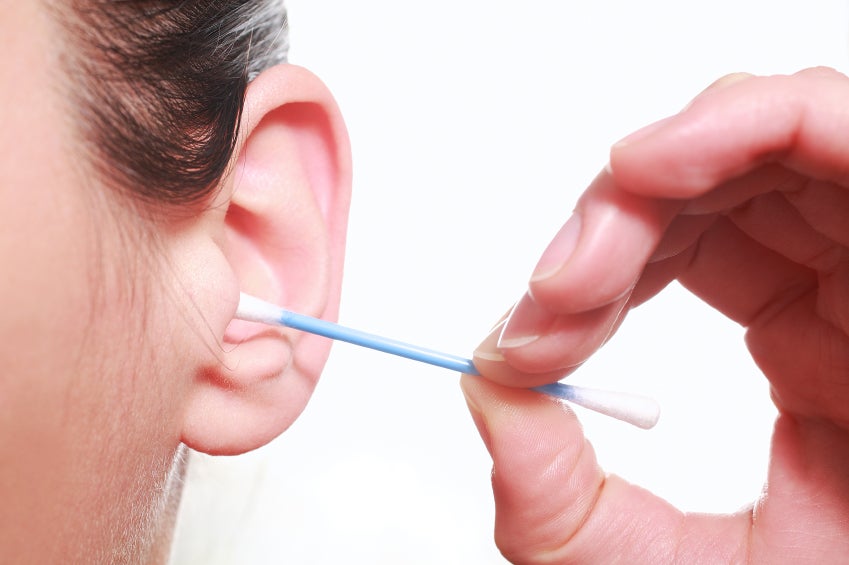
It may have started as a daily habit or just something you thought you were supposed to do from time to time, but your doctor would rather you not clean your ears with cotton-tipped swabs and here’s why. Every year, more than 12 million people visit their health care provider with complaints of “impacted or excessive cerumen” – also known as a pretty serious earwax problem.
Risking a Loss of Hearing
What may begin as an effort to clean out earwax with something like a Q-tip can actually push the earwax back down the ear to the eardrum, risking a loss of hearing. Utica Park Clinic family medicine physician Chris Chow, M.D., says when this happens, it is time to see your health care provider.
“If there’s discomfort in the ear canal, it is best to see your provider to make sure you don’t have an outer ear infection that could be bacterial or fungal,” says Dr. Chow. “Because of the risk of infection, we don’t recommend putting anything in your ear (like Q-tips, pencils, pens, bobby pins) to remove earwax. Even physicians don’t remove earwax unless there’s an indication like ear pain, hearing loss, itchiness, dizziness, tinnitus or ear fullness.”
The American Academy of Otolaryntology agrees with Dr. Chow and would like more people to understand the benefit of earwax, as it acts to protect the ear canal from water damage, infection, grauma and foreign bodies. Without earwax altogether, most of us would experience dry, itchy ears. Many people may also not realize that old earwax is continuously working its way out of the eardrum by the natural movement of our jaw and mouth. By chewing, yawning and talking, old earwax moves to the end of the eardrum where it dries, flakes and falls out on its own – for the most part unnoticed. Therefore, the only time we would need to intervene and clean our eardrums is when there is a problem with this natural process.
“Our clinic has had to remove earwax for different patients whose hearing was compromised,” shares Dr. Chow. “Most of the problems are from using earplugs at work or patients who are just genetically high cerumen producers. If I can’t get it out with our lighted ear curette, we have an ear-wash system that can help irrigate and suction the ear with water. After removal, we encourage patients to consider using mineral oil or carbamide peroxide once a week for prevention.”
Hearing Problems and Symptoms
Dr. Chow will advise patients to visit an ear nose and throat specialist if he is unable to remove excess earwax or if there are other concerns including:
- A feeling the ear is plugged
- Partial and progressive hearing loss
- Constant ringing in the ear
- Odor or discharge from the ear
If you do not have any of these symptoms, it is best to keep your earwax alone and let it do its job to keep you healthy. That’s right. Earwax is designed to trap dust and particles, which have entered the ear canal to keep this matter away from the eardrum. Without earwax, we would not have a barrier of protection for the eardrum and could risk damage to our hearing.
